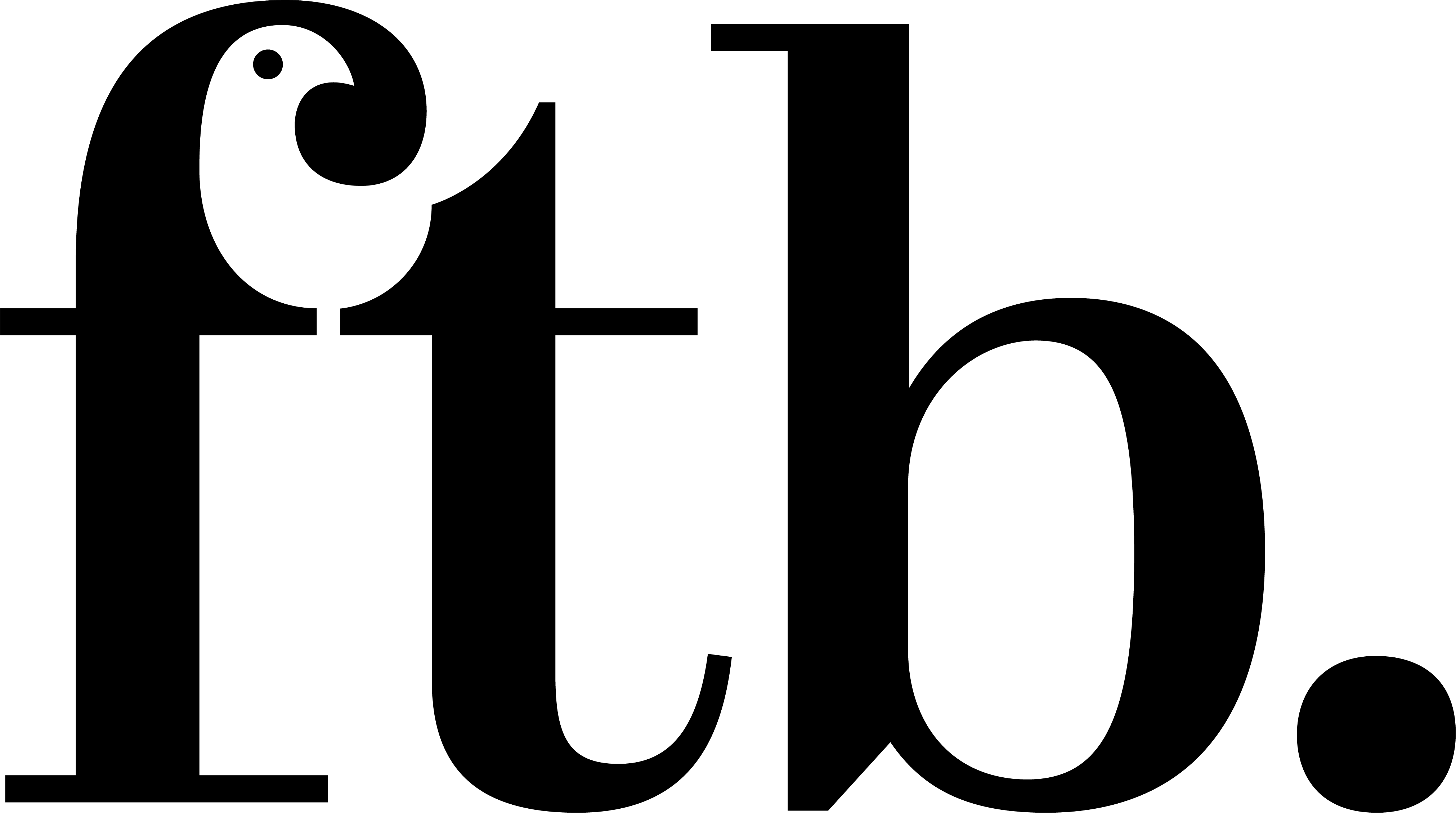Beautiful Thinking.
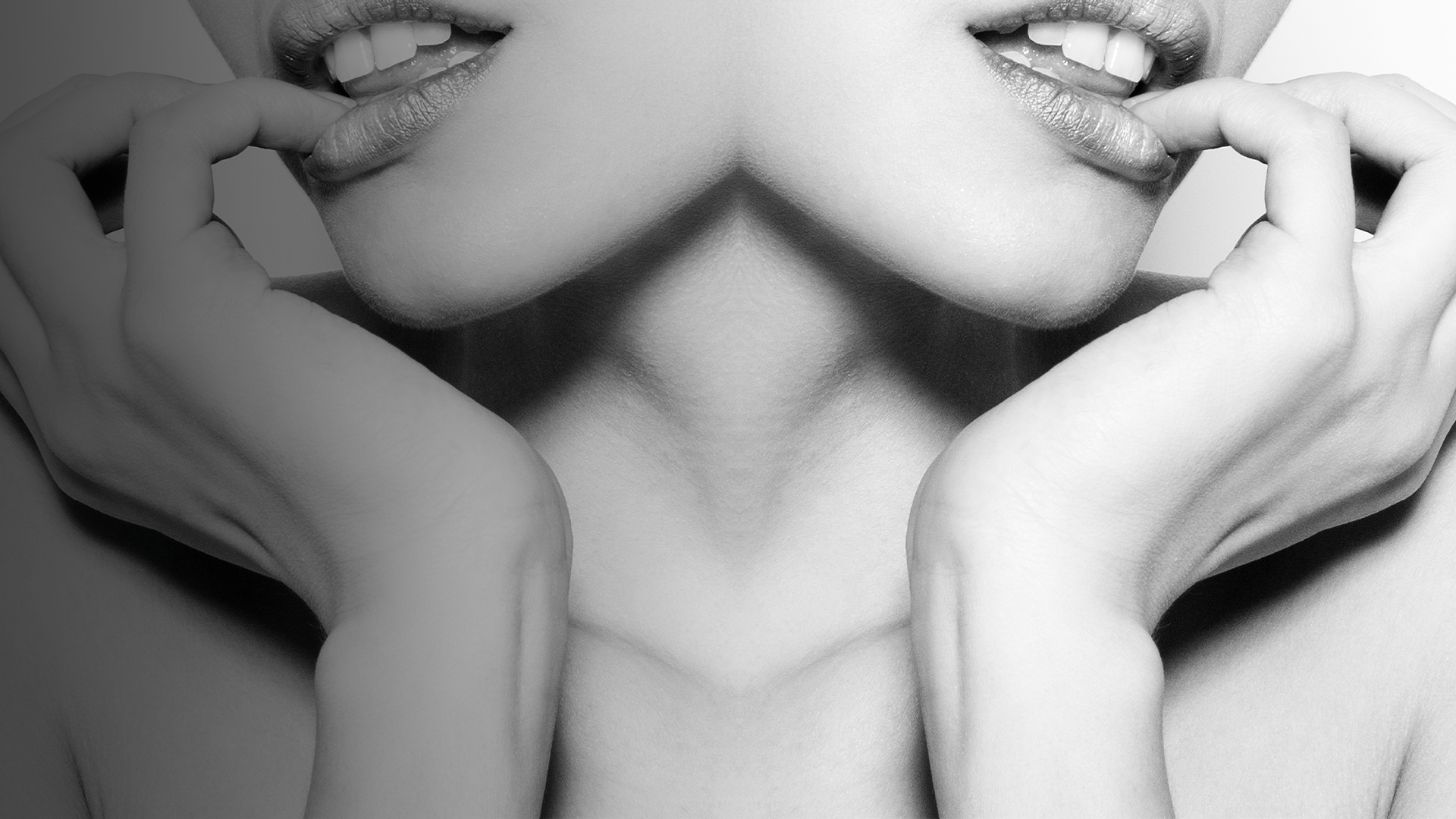
Wellness fatigue has well and truly set in, and while it is undeniable that holistic, mindful practices will continue to dominate in 2025, we also anticipate that a new wave of post-perfectionists will grow in size and power.
As we look ahead to 2025, expect a cultural landscape defined by irreverent experimentation, dynamic self-expression, and boundary-pushing creativity. In this forecast, we’ll delve into emerging themes and aesthetics that are reshaping beauty, wellness, and style—trends that are subverting tradition, confronting conventions, and giving rise to new definitions of authenticity and immersion. Each of the following themes offers a window into the mindset of tomorrow’s consumers, and a guide for brands ready to forge bold, transformative experiences.
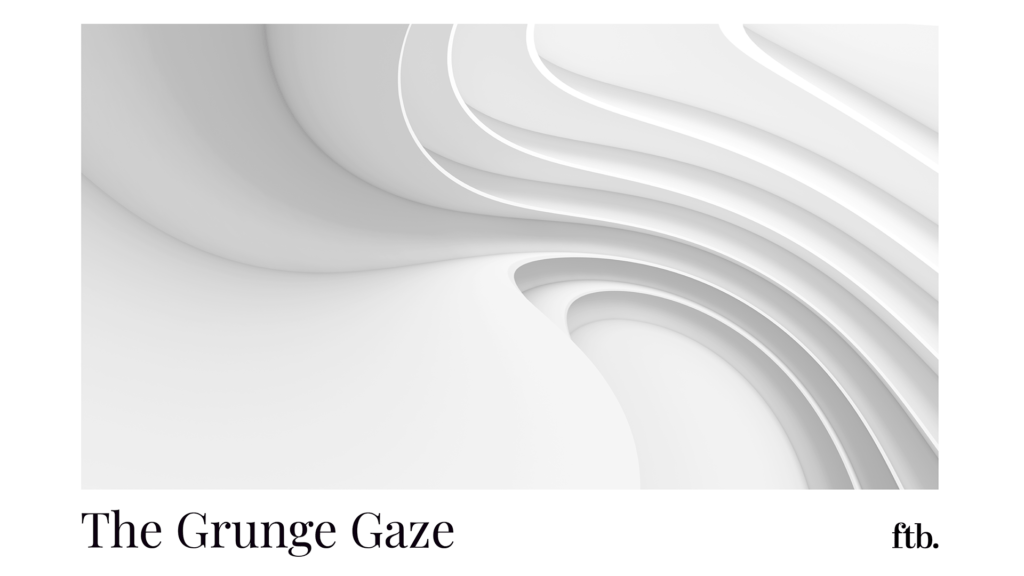

The phenomenon that was the brat summer continues to shape how women (and men) adopt a new sense of freedom and fierceness in embracing the opposite of pretty, and the antithesis to the male gaze trope. This is perhaps best personified within the beauty space in the viral TikTok trend, #UnapproachableMakeup.
2025 will be a year that continues to celebrate the messiness, and moves away from the clean girl aesthetic which previously prevailed among beauty and wellness creators and, in turn, the brands that appeal to them and their fans. Brands supplying products in daring silhouettes and structures (we see you, Isamaya) are leading the pack. This includes products designed to help the wearer mask a hangover, as seen with 4am Skin.
The likes of Julia Fox and of course, Charli xcx, are trailblazers in this space, with adventurous, sexy, chaotic, laissez-faire attitudes, and style to match. And we’re seeing it stretch beyond the expected age group of Gen Zs who are powering the trend; the Alphas are following suit, the Millennials are inspired by it and the adventurous Xers and Boomers amongst us are revelling in the anarchy too.
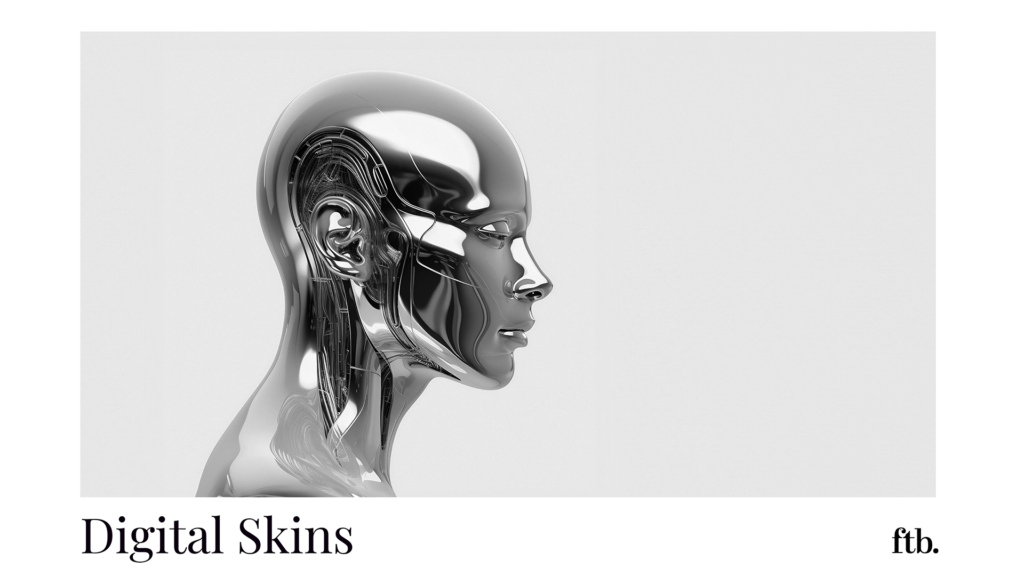

A desire to get playful and experiment with daring and dystopian looks is supported by future-facing Web3 visuals, the metaverse, and AI tools that open infinite possibilities in exploring self-expression. This includes brands themselves, which can not only set up unique and highly creative methods of engaging with fans, but can bring the influence of this digital fantasy world to their products and packaging.
Cosmic-style beauty and shimmering packaging that give a sense of illusion and the influence of cyber technology, will feed the appetite of those who wish to break away from gender and societal norms and own their non-conformity.
Packaging and branding that harness hyper surrealism and the visualisation of moods and sensory experiences in mind-bending ways will not only appeal to the chaotic amongst us, it will demonstrate how experimenting with AI and creative minds can be embraced. Accompanying opportunities in VR, AR and audio experiences will also allow brands to build their identity in a highly engaging and playful way.
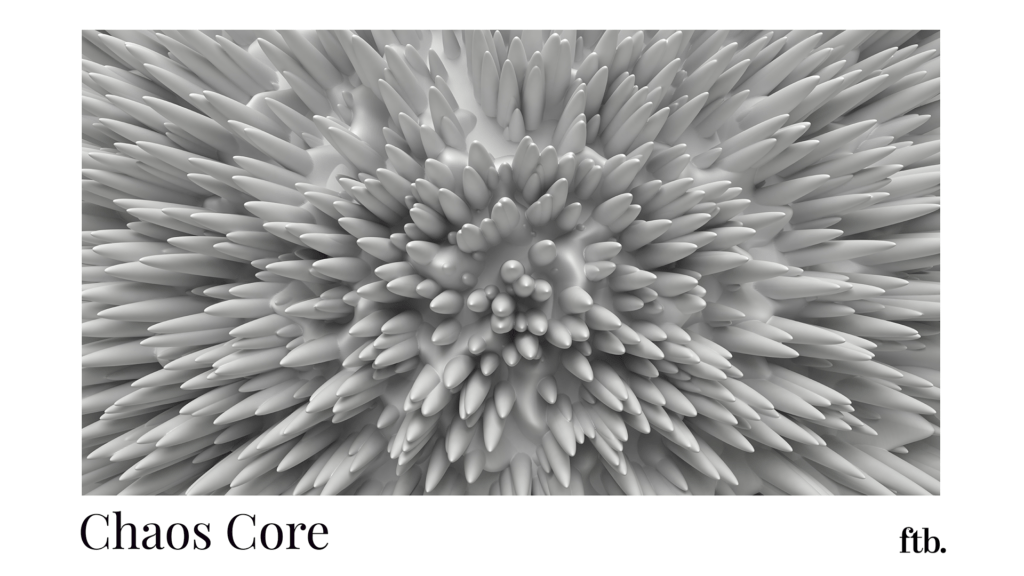

Authenticity in marketing in 2025 will lean into the unhinged, with brands building their identity around immersive weirdness. With boundless possibilities to be explored, they can transform themselves from a company which delivers a product, to a bona fide lifestyle brand.
Fashion has historically led the charge (and continues to do so) amongst the likes of Balenciaga, Moschino, Kate Spade (in collaboration with brands such as Heinz). Even heritage brands like Burberry with immersive experiences like their East End café.
These brands hold influence and make a significant impact through fresh, unique and boldly imaginative experiences and products. These help them to connect with younger generations, whilst maintaining their heritage and their luxury credentials, and it encourages more brands from wider industries to get on board, and through different mediums.
Loewe and Jacquemus’ content-first use of platforms such as TikTok see the brands utilise the power of micro-trends and influencers of the moment to create viral clips. The award winning campaign from CeraVe and featuring Michael Cera for the Super Bowl earlier this year, showcases how the beauty and skincare world can get involved.
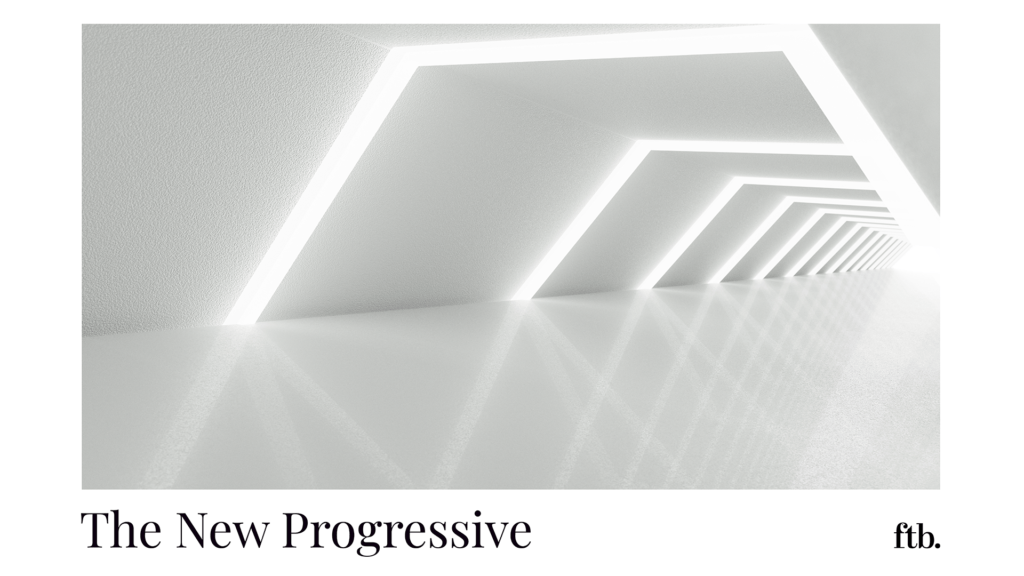

Despite recent reports that we may see a resurgence of the alpha male in 2025, the powerful and progressive industries of beauty, wellness, fashion and more will drive a kind of “bronaissance” in the year ahead. This will fight back against the influence and the harmful stereotypes stoked by individuals such as Andrew Tate.
We’ve already seen gender barriers begin to break down when it comes to male make-up; according to Statista, men aged 18-24 are likely to use make-up at least once weekly. In 2019, 90% of men said they would never wear make-up; by 2024, this figure dropped to 75%. We believe that a new wave of young, heteronormative men who consider themselves to be masculine, will be proud to show off their make-up routines. French TikTok It Boy, Bach, is a great example and we expect to see many following suit.
Industries such as haircare — focusing on scalp care, bond strength, and hair loss — are set to capture the attention of influential male consumers. Similarly, brands offering bespoke skincare solutions and easy-to-use make-up products are poised to thrive in 2025.
These chaotic themes are owned by our Track & Trend consumers, those who consistently push boundaries, and are unafraid to embrace and showcase the new.
The Tech Voyagers among us revel in the future-facing connections between the digital worlds they already operate heavily within, and how they portray themselves IRL.
Meanwhile our Wellness Trailblazers are also primed for engagement with each of these Post-perfectionism trends, due to the potential for healing and enhanced mental wellness which can be achieved in embracing who you truly are, and being unashamed to share it with the world.
Discover more behind what powers each of our consumer attitudes in our next generation trend forecasting reports, Crowsnest, where we lift the lid on how these powerful archetypes behave, and how brands can engage with them.
